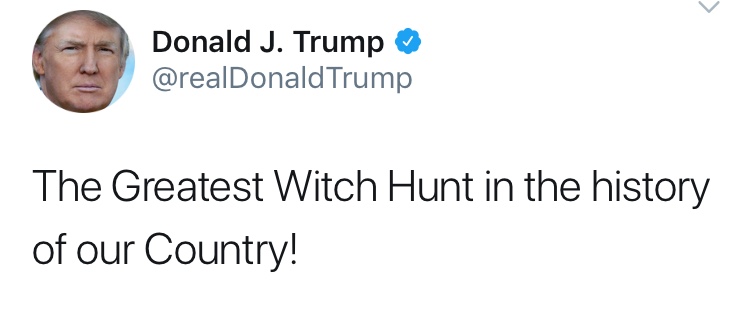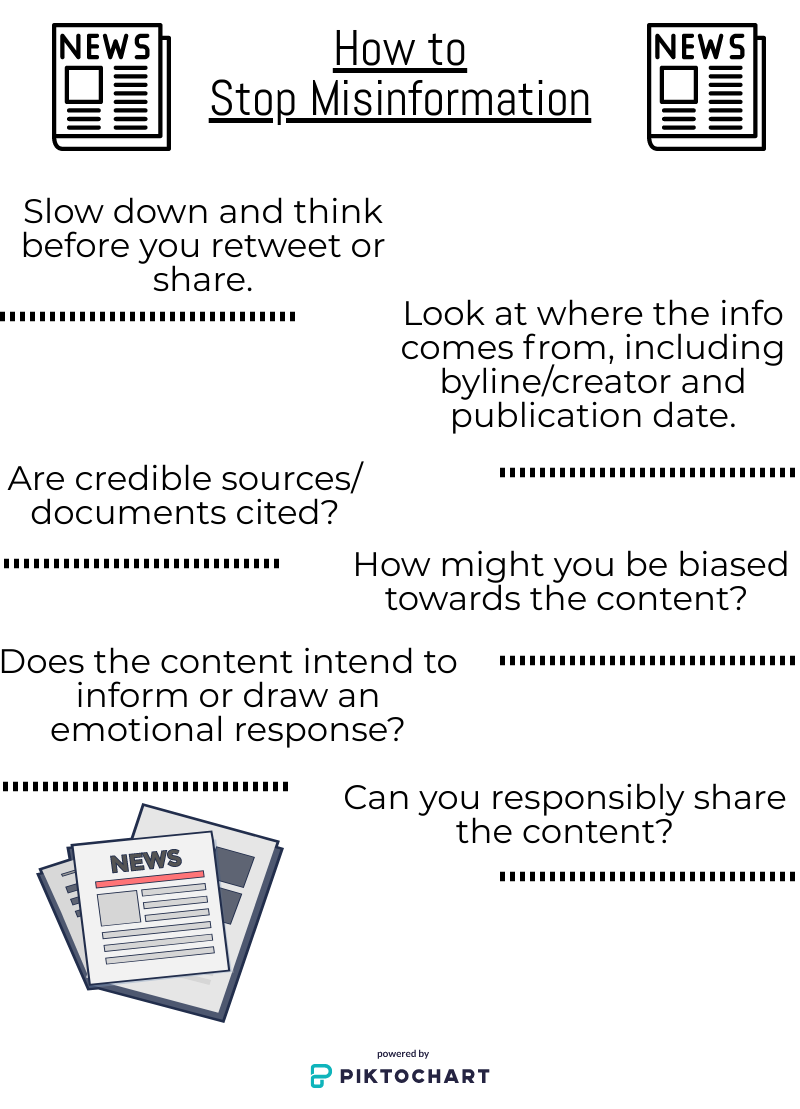BY BRETT BULLOCK
Could you spot fake news if you saw it?
Fake news, or more accurately mis/disinformation, has become a serious problem over the past decade. Many people think that they could identify a fake story. However, thanks to social media it’s getting difficult to tell fact from fiction.
Misinformation can come at you in a variety of ways, from tweets and Facebook posts to ideologically driven sites that specialize in half truths. This means it has become increasingly important for readers and viewers to do some investigating of their own so they can be better informed.
Kayla Connelly is 21 years old and works at the Bronte Outer Harbour Marina. She is also an avid news reader. “When reading certain news I take the time to read the article fully . . . sometimes it can be difficult because the source looks to be credible but then it can be fake anyways,” said Connelly.

Facebook is ground zero for misinformation even though the platform has taken steps to combat the spread of false facts. Facebook’s website claims that they are “better identifying false news by having third party fact checkers.” A message actually pops up to tell you if you are reading a post with false information. However, Facebook just changed its news policy settings, allowing for opinion pieces with misinformation to slide past the fact checkers.
According to the Global Disinformation Order, Facebook is still the number one site for social media manipulation. However, it isn’t young people who are sharing fake stories. Researchers at Princeton and New York universities found older people are much more likely to spread misinformation. But what happens if it’s politicians opting to bypass the media?

Twitter is also a breeding ground for misinformation. From politicians to the average Joe, anyone can write or share anything on Twitter. The United States president, Donald Trump, for instance, is notorious for going on Twitter rants that aren’t factually based. A not for profit group called the Natural Resource Defence Council suggests that Trump simply tweets what his supporters want to hear and faces zero consequences for straight up lying. Trump also uses the term “fake news” to discredit stories. In Canada, we are not immune to misinformation.
The Premier of Ontario, Doug Ford, and the Progressive Conservative party have their own “news” site called Ontario News Now. This site doesn’t necessarily promote misinformation; however, it is misleading because it is dressed up like a news network but shares a Progressive Conservative viewpoint, not balanced stories.
Jonathan Foster, a business student at Sheridan College has little hope that he could identify misinformation: “I don’t think I could (identify misinformation) because of my lack of basic knowledge of credible news.”
Many strategies have been identified, though, to help recognize and stop the spread of misinformation. The graphic below explains some simple ways to make sure you’re not contributing to the problem.

